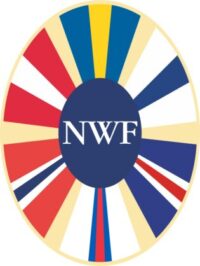The Nordic Weightlifting Federation uses Q-points to determine the Best Lifters at Nordic Championships, both for Seniors and Juniors (U20), with slight restrictions to the lowest bodyweight categories (see text below).
Direct link to calculator: https://huebner.shinyapps.io/Qpoints/
Link to site with explanations and Excel formula: https://osf.io/8x3nb/
A group consisting of Dr. Marianne Huebner, David Meltzer, Asgeir Bjarnason, and Aris Perperoglou have published a paper on their work which explains the method and compares the Q-points with Sinclair points and discusses short comings of Robi points.
Link to paper: https://journals.lww.com/acsm-msse/Abstract/9900/Comparison_of_Olympic_Style_Weightlifting.321.aspx
Q-points scaling table is recommended for athletes 18 years and older. The challenge with using the Q-points scaling system with youth lifters is in the comparison of pre-teen athletes to athletes who have gone through puberty. If one holds a youth competition and wants to determine the best lifter, one can compare the same aged lifters to each other: the best 12-13-year-old lifter; the best 14-15-year-old lifter; and lastly the best 16-17-year lifter. Yet the lowest bodyweight to consider is 48 kg for boys and 43 kg for girls until the study can be completed with a sufficient database of results for lifters under those weights.
Update September 2024:
Dr. Marianne Huebner has lead work on another scaling system, GAMX, which is suitable for athletes ages 13-17. However, the comparison between the age groups is still recommended to compare 13-year-olds with other 13-year-olds, and to compare 14-15-year-olds as well as 16-17-year-olds to their peers. GAMX is also suitable for direct comparison between men and women.
